Goa
A nation of living stone
The Goa are a species of sculpted statues made living stone and bronze armor, brought to life through complex transmutation and golemancy rituals. They are sculpted out of a powerful, transmutable stone known as eirshale. The only surviving remnants of a long-dead civilization, the Goa have only in recent decades presented themselves to the world as a nation of free people. They are strongly motivated to discover their cultural identity as they become citizens of the world.
Goa society has been secretive and isolated since its founding. Only a select few individuals are 'born' with the purpose and desire to venture from the walled City of Eir into the larger continent of Aluma. These adventuring goa are always on the hunt for more sources of eirshale, the unique stone material that is used in Goa creation rituals.
"In their greed and hubris, the mortals dug too deep, and scoured the shell of the Mother’s Egg for their golem abominations. As they nearly stripped its surface bare, the Great Mother rained holy fire down upon them for their transgression. Only their stone effigies remain, a living symbol of their sins."
History
Remnants of a Ruined Kingdom
A civilization now only known as The Ruined Kingdom was once an epicentre of technology and innovation. The tech boom of the current era might have happened a thousand years ago if this civilization had not been wiped out by some unknown calamity. Their mythical city in the sky, a literal flying island, came down from the heavens and rested at the foot of a mountainside, never to move again. For close to a millennia, no word emerged from the fallen city, no sign of life from its borders, and no explorer returned from venturing into the ruins. Until one day, mere decades ago, a phalanx of figures emerged from the city, bronze armor built into their pale stone forms. They carried the symbol of a new nation: the Goa presented themselves to the world. They sought to open diplomatic and trade relations, but more importantly, to seek more eirshale.Basic Information
Anatomy
Made to Order
Before their independence, the Goa had no name of their own, and were popularly referred to as maquettes or golems. They were sculpted from eirshale, a rare stone with transmutative properties that could be manipulated through ancient craftsmanship and intense magical rituals. During those rituals, the eirshale sculpture fluxuates from stone, to soft flesh, and finally to something in between. Other materials used in the sculpt (such as the bronze armor and decorative details) are influenced by the magics of the transmutation ritual, so long as those materials are incorporated with eirshale dust at some stage. Though they are strong and resilient, the Goa are able to move smoothly and precisely as though they were organic beings. These majestic golems were each finely crafted to fulfill specific roles for the wealthy elite and master of the arcane. Some of these living statues were servants, soldiers, entertainers. Their skills and abilities were all preordained by their Makers. They come in a tremendous variety of size and skill, from small statuettes to colossal monuments.Biological Traits
Goa constructs do not age like mortals. Outside of violent or magical death, they can ostensibly live for as long as their sculpted body remains intact. Their stone and bronze forms offer natural protection but are not immune to the effects of time and erosion. As they age, their sculpt may degrade or wear.
They do not need to eat or breathe but can do either if they choose to. Consuming food merely provides them with more energy, as one might experience on caffeine.
They do require sleep like any organic creature, but their mind and body spends that time in meditative connection with its life-source. Most goa dream vividly of eirshale and of their fellow goa brethren.
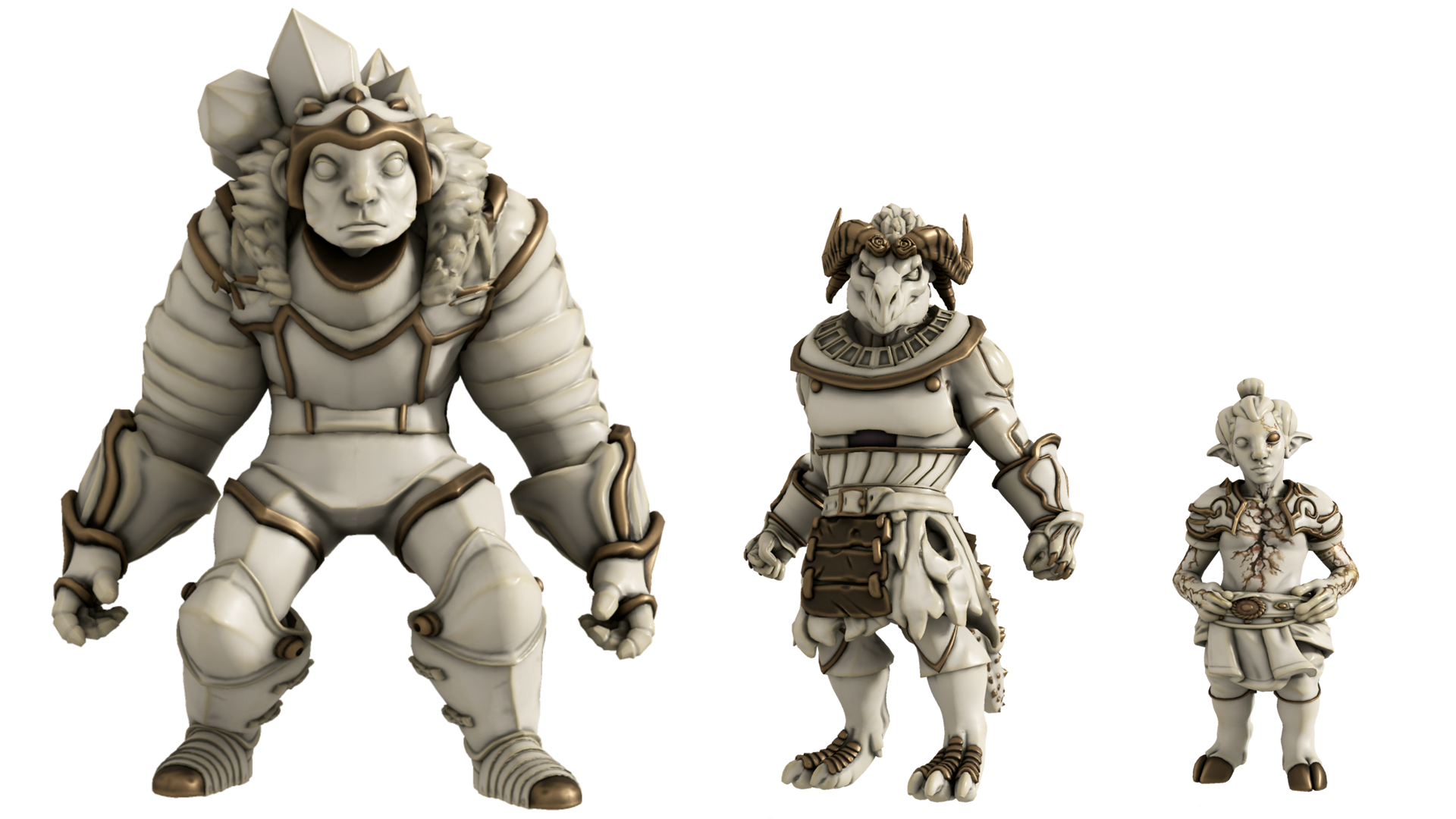
Function Follows Form
Goa are each individually sculpted and imbued with life for a particular purpose. The physical characteristics of the three major types of adventuring goa (who venture outside the city), are reflective of their intended function when they were first sculpted. [meta: ability scores, speed, and other features vary depending on the Goa subclass selected]Titan
Imposing figures, carved in broad shapes and robust forms. Titan goa were designed to be warriors, guardians, and monuments of might. They are still medium creatures, but range from 6ft to 8ft tall.Effigy
The most common form of Goa, effigies are of an average humanoid size, and can be sculpted in the shape and form of any race in the world. Their features can be hyper realistic or more modern and simple. The most varied skills and abilities can be found among the effigy. They have limitless potential: acrobatic warrior, interpreter, emotional support companion, house servant, or mage’s assistant, etc.Figuirine
Small and unobtrusive, these diminutive goa were often built for decoration, as children's companions, or for espionage. They are under 3ft tall, but there is a limit to which eirshale can act as a vessel for a sentient soul, so too small and the ritual won't work.
Additional Information
Uses, Products & Exploitation
The creation of goa requires Eirshale, which is revered for other alchemical and manufacturing uses.
Civilization and Culture
Naming Traditions
| Goa names do not ascribe to a specific naming convention. Usually not gender specific. Some newer Goa are named after some physical aspect of their sculpt. Some have kept the names given to them by their original creators. Others have renamed themselves to express their individuality and creativity, with names ranging in inspiration anywhere from a storefront sign, famous heroes, aspirational characteristics, or words from any language they find particularly inspiring.
Examples: Larimor, Glint, Windsor, Chisel |
Major Organizations
The Erudite
Elder Goa or those who have been gifted insight into matters of philosophy and the arcane. They are the seers and knowledge keepers of the Goa Nation.The Path of Eir
A holy order within the Goa Nation that leads its followers in the worship of natural eirshale, the raw material from which all goa are born. Most of the goa created by the leaders of the Path of Eir possess some natural, divine magic.Beauty Ideals
A Private World of Paint and Expression
Goa usually present as unpainted statues of white eirshale stone. Many have bronze affectations or armor built into their sculpt, and many wear clothing, armor, and decoration. Painting is a tradition among the Goa. Adorning one’s bare stone body and face with pigment and art is an act of self-expression and individuality, but is traditionally only done in private, among brethren and close trusted allies. Displaying one’s painted form is a sign of intimacy and trust.Gender Ideals
Goa can be of any gender, and are encouraged to explore and ruminate on the nature of their identity however they wish. It is not unusual for a goa to later identify differently than they were made, or differently from they have lived as previously. It is celebrated as further self-actualization and discovery of one's nature.
Courtship Ideals
As a potentially eternal species, Goa society is practical in matters of the heart. Most believe it unreasonable to expect love and romantic interest to last for a lifetime. It is common and encouraged to make romantic vows that lapse after an agreed upon amount of time. This allows the romantic pair to assess if they'd like to renew their vows. It is considered prudent and thoughtful to allow for a period of reassessment. Though many goa find it romantic to make longer term vows, within reason.
Relationship Ideals
With no organic biology, goa are typically assexual, though they sometimes participate in sexual activity with partners when
asked as a form of intimacy and bonding. They are typically panromantic, with the capacity to feel love and attachment towards
any person regardless of race or identity, and many goa have one or multiple long-term or life partners.
Common Dress Code
There is no sense of modesty among the goa: one's sculpt is one's sculpt and there is no need to cover it. Clothing is treated as decoration, or more often, as a means of warmth in the mountainous climate where the City of Eir sits.
Culture and Cultural Heritage
The Goa have spent much of their existence as a nation in search of identity. But there are some unifying traits they have cultivated over their millennia of existence.
Patience. The Goa are a long-lived people, and as such their perception of time is akin to the older races of the world. They see the passage of time on the macro scale: what a human considers for days before acting, a goa might think about for years. Civilizations will pass, and memory with fade, all while the Goa still stand, and watch. Anything worth doing is worth taking time.
Solidarity. The Goa Nation rose from a struggle for freedom from their mortal Makers, and as such, they value their kinship with other Goa above all else. They are a people who freed themselves from bondage; to remain strong and safe, they must stick together. To protect their way of life, they safeguard their arcane secrets from the rest of the world.
Craftsmanship. Having been birthed from the masterworks of ancient golemancers, the Goa likewise see themselves as works of artistry as much as works of the arcane. As goa began to sculpt new children, rather than making them in the image of the mortal folk, the goa explore form as well as function. Many young goa look like works of modern art. Their bizarre sculpts celebrated as pure expressions of Goa culture and creativity.
Common Customs, Traditions and Rituals
Most Goa elders do not venture into the outside world. Almost all adventuring Goa were created in the last 100 years.
Common Taboos
Many Goa only paint themselves in the presence of their life partners or family. Public painting is only socially acceptable during particular festivals and religious rites held within the City of Eir, when the Goa come together as one unified people. When outside their homeland, the Goa are expected to present in solidarity with one another, as unpainted stone.
Common Myths and Legends
coming soon
The death of the Makers
The mother dragon myth (as seen by the goa)
Interspecies Relations and Assumptions
Cautious Diplomacy
Only a few Goa wander the continent as adventurers, looking for other sources of eirshale, or to embrace their own wanderlust after the confines of the Goa captial city. The Goa do not harbor animosity towards particular people, as many of them are carved in the image of any number of races. However, there is a caginess about outsiders and strangers. They are a private people.Want to explore the City of Eir and the Goa with your art?
Join the Ruined Kingdom Art Challenge on the PaperDemon Art RPG!
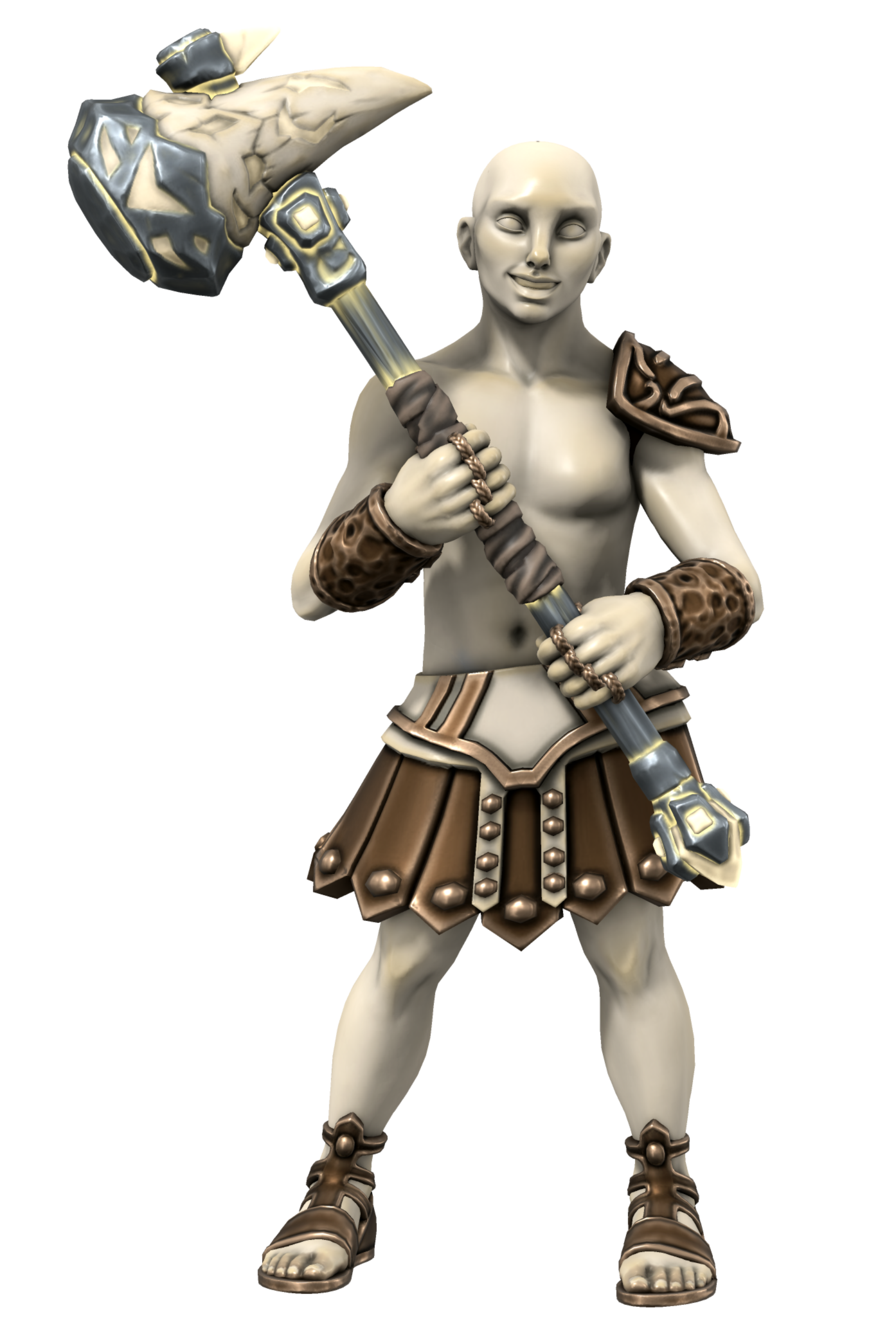
Lifespan
as long as their sculpt lasts
Body Tint, Colouring and Marking
pale alabaster or marble texture
Related Materials
Bring the Goa to your Campaign
The Goa, and eirshale, are part of our setting's foundations. But that doesn't mean you can't incorporate them into your world, too!Want to fit the Goa into your own game setting? Here are some suggestions:
- Don't make the Goa out of eirshale, but marble, granite, or alabaster. The limiting factor would be the knowledge of their creation process, then, not their material.
- Use them as a variation on the Warforged in the Eberron D&D setting
- Make the goa a naturally occurring elemental species rather than constructs
- Goa created by another species in a symbiotic relationship (they provide something to the other species and are vital for that group's survival)
- What would a non-isolated Goa Nation be like?
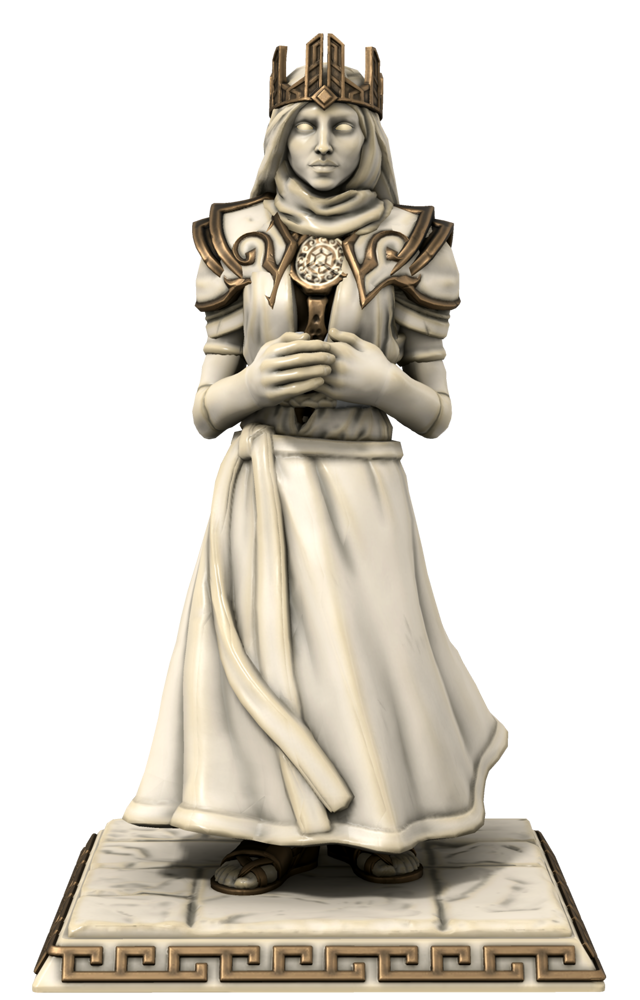
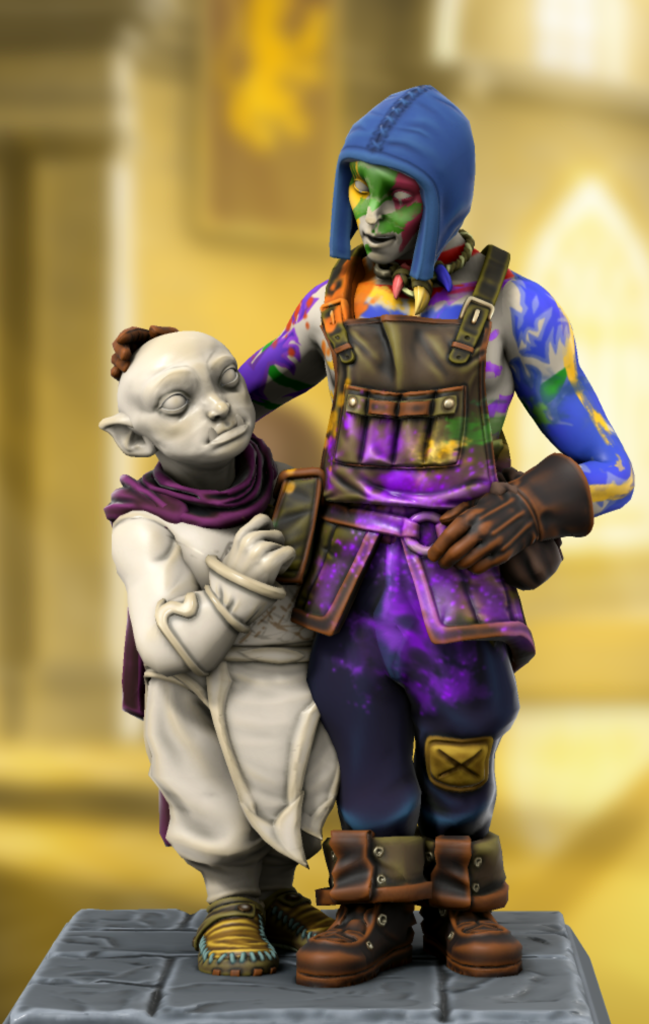



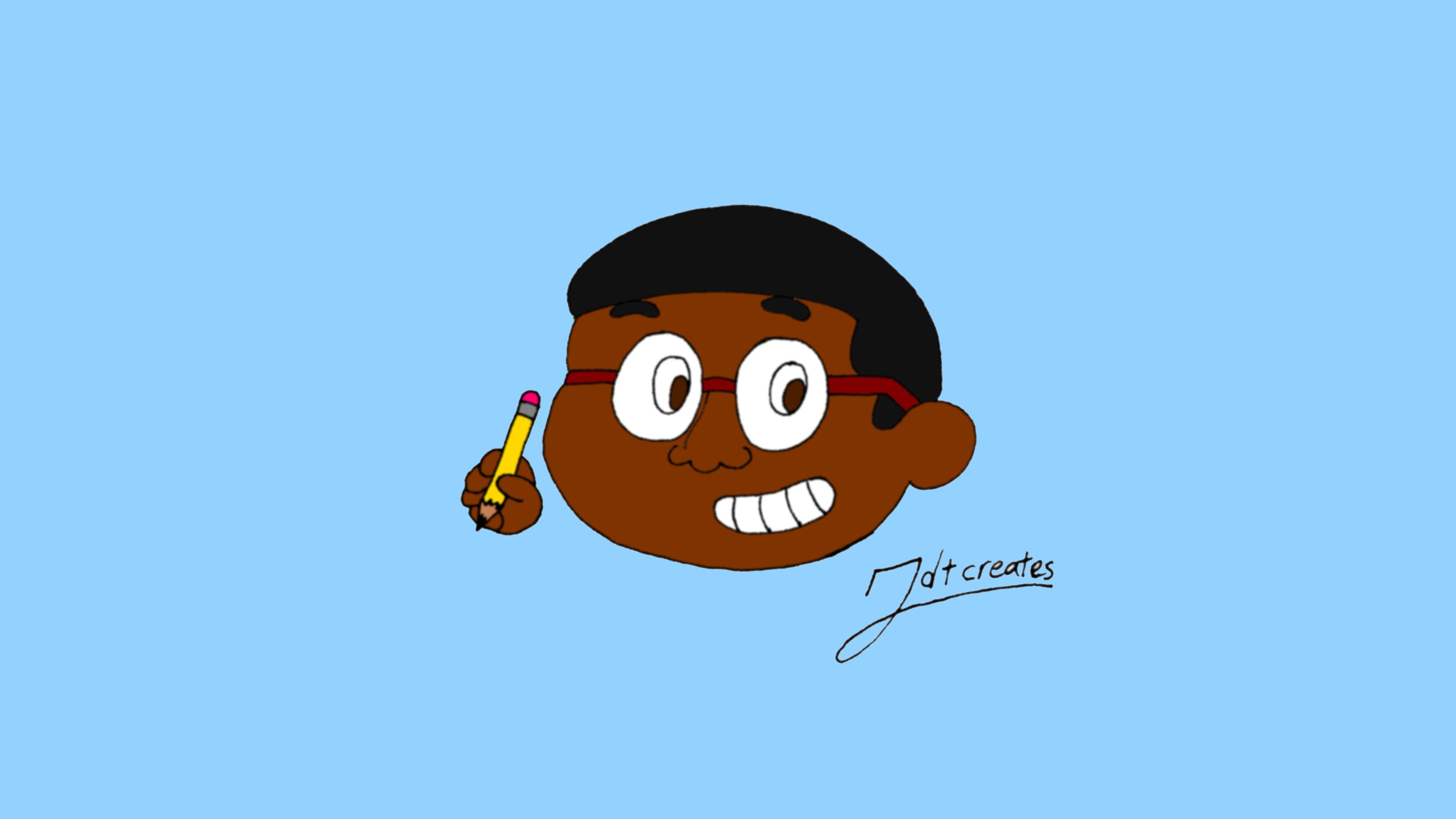
Pick up your sculpting tools and let's create life. A great take on the Golem/Construct archetype and a non standard species with a focus on material. The area dedicated to bringing this Homebrew creation to your own gaming table is especially useful and something to take note of. Thanks for letting the GOA into the wilds of my imagination.
Thank you so much! We hope to do more of the "bringing elements into your game" boxes on our homebrew races and such.